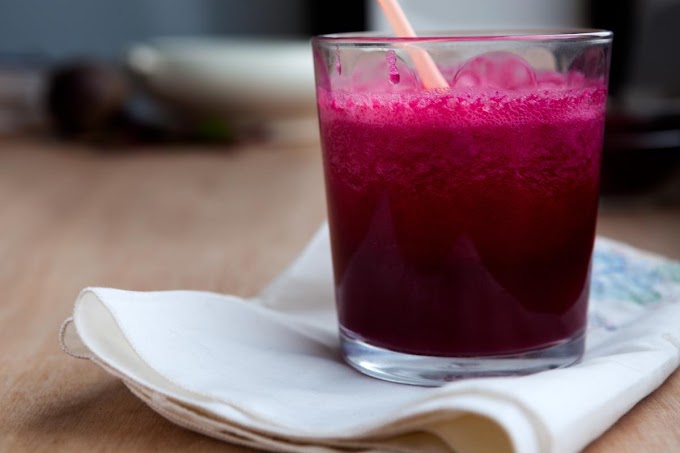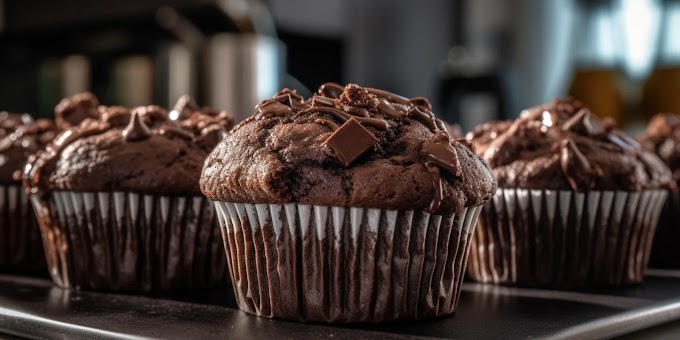Kharode soup, also known as Paya or bone broth in various regions of the Indian subcontinent, is a traditional dish that holds both culinary and medicinal value. Popular in India, Pakistan, and other South Asian countries, it is made primarily from the legs (trotters) of goats, sheep, or cows. This soup is renowned for its rich, gelatinous texture and nutrient-packed content, making it a favorite during the colder months and among those recovering from illness or fatigue.
In this blog, we will explore the origins, preparation methods, nutritional benefits, and the cultural significance of kharode soup. We'll also provide insights into why this dish has stood the test of time, remaining a staple in many households.
The Origins and Cultural Significance of Kharode Soup
Kharode soup's roots can be traced back to centuries-old traditions of slow-cooking bones to extract maximum flavor and nutrients. Historically, this soup was consumed in rural areas where access to various cuts of meat was limited. The use of animal trotters allowed households to make use of every part of the animal, ensuring nothing went to waste.
In various cultures, this soup is regarded as a restorative dish, often prepared for those who are unwell or recovering from surgery or childbirth. In Pakistan, it is a common dish served during the Islamic holy month of Ramadan, providing energy and strength after long hours of fasting. In India, kharode or Paya is frequently cooked during cold winters in northern regions, particularly in Punjab, where it is believed to boost immunity and provide warmth.
Apart from being a family favorite, kharode soup also plays an important role in traditional feasts and gatherings. The long-simmered broth is often served alongside other hearty dishes, making it a cherished part of the communal dining experience.
How Is Kharode Soup Made?
While the basic ingredients of kharode soup remain the same across different regions, there are several variations in preparation methods, each reflecting local spices and cooking styles.
Ingredients
Goat or lamb trotters (kharode or paya): These are the key ingredient, as the slow cooking of these bones releases collagen, gelatin, and essential nutrients into the broth.
Onions and garlic: Used to enhance the flavor and aroma.
Spices: Traditional spices such as black pepper, cloves, cardamom, cinnamon, cumin, coriander, and turmeric are used. The specific combination of spices can vary by region.
Ginger: Adds warmth and depth of flavor to the soup.
Fresh herbs: Typically cilantro or mint, added towards the end for a burst of freshness.
Lemon or lime: Often served on the side, providing a tangy contrast to the rich broth.
Salt and chili powder: For seasoning and heat, which can be adjusted based on personal preference.
Preparation Steps
Cleaning the Trotters: The legs or trotters are first thoroughly cleaned to remove any residual hair or dirt. In many recipes, they are briefly boiled to clean them further.
Cooking the Trotters: The cleaned trotters are then added to a large pot with water, where they are slow-cooked over low heat. This process can take anywhere between 4 to 6 hours. Slow cooking is crucial because it allows the bones to release all their beneficial nutrients into the broth, creating a gelatinous, flavorful soup.
Adding Spices and Aromatics: Onions, garlic, ginger, and a variety of whole spices are added during the cooking process. These ingredients enhance the taste and aroma of the broth. In some variations, sautéing the onions and spices in ghee or oil before adding the water and trotters can intensify the flavor.
Simmering: The soup is left to simmer for several hours until the meat is tender and easily falls off the bone. The broth thickens as it absorbs the gelatin from the bones.
Serving: Once cooked, the soup is garnished with fresh herbs and served hot. Lemon or lime wedges are typically provided for those who enjoy a slightly tangy flavor.
In some regions, kharode soup is served with naan, roti, or rice to make it a complete meal, while in others, it's enjoyed as a standalone dish.
Nutritional Benefits of Kharode Soup
Kharode soup is not only delicious but also packed with nutrients, which is one of the reasons it is considered a superfood in many cultures. Here are some key nutritional benefits of consuming kharode soup:
1. Rich in Collagen
The slow cooking process extracts collagen from the bones and connective tissues of the trotters. Collagen is essential for maintaining healthy skin, hair, nails, and joints. It helps to improve skin elasticity and may even have anti-aging properties.
2. Bone Health
Kharode soup is an excellent source of minerals like calcium, phosphorus, and magnesium, which are vital for maintaining strong and healthy bones. Regular consumption of this soup can help improve bone density and prevent conditions such as osteoporosis.
3. Boosts Immunity
The soup contains amino acids such as glycine, proline, and glutamine, which play an important role in supporting the immune system. The warming spices like ginger, black pepper, and turmeric used in the preparation of kharode soup also have anti-inflammatory and antimicrobial properties, making it a great remedy for colds and flu.
4. Gut Health
The gelatin present in kharode soup helps soothe the digestive tract and promotes the healing of the gut lining. This makes the soup beneficial for people suffering from digestive disorders, such as irritable bowel syndrome (IBS) or leaky gut syndrome.
5. Energy Booster
Kharode soup is rich in protein, which helps in muscle repair and growth. It is a good source of energy, making it ideal for athletes, growing children, or anyone recovering from illness or surgery.
6. Hydration and Detoxification
Since the soup is liquid-based, it helps keep the body hydrated. The minerals and electrolytes in kharode soup also aid in detoxifying the body by supporting liver function and promoting the elimination of toxins.
Variations of Kharode Soup
Kharode soup varies widely across regions, with each version offering its own unique twist on the traditional recipe. Here are some popular variations:
Hyderabadi Paya: Known for its rich and spicy flavor, this variation uses a blend of aromatic spices typical of Hyderabadi cuisine. It’s often served with naan bread and garnished with fried onions.
Punjabi Kharode: In Punjab, kharode soup is often made with a milder spice mix and is served with whole wheat bread or paratha. It's considered a winter specialty.
Pakistani Paya: In Pakistan, this dish is often cooked with a generous amount of chili and ginger, making it more robust in flavor. It’s commonly eaten for breakfast alongside naan.
How to Enjoy Kharode Soup at Home
Kharode soup can be enjoyed in various ways depending on your taste preferences. Here are a few ideas for serving:
With Naan or Bread: The thick, gelatinous soup pairs wonderfully with naan or any type of flatbread to soak up the rich broth.
As a Starter: Serve kharode soup as a starter before the main course to whet the appetite and introduce complex flavors.
With Rice: Pour the soup over a bed of rice for a more substantial meal. The rice absorbs the broth, making it a comforting dish.
Conclusion
Kharode soup is more than just a traditional dish; it’s a nourishing, health-boosting meal that has been passed down through generations. Its simplicity, combined with the profound nutritional benefits it offers, makes it a cherished recipe in many households across the Indian subcontinent. Whether you're looking to improve your health, boost your immune system, or simply enjoy a warm, comforting bowl of rich broth, kharode soup is a wonderful choice.
By taking the time to prepare this hearty soup at home, you can experience not only its delicious flavors but also its rejuvenating qualities that have made it a time-honored dish for centuries.








Social Plugin